Hiking Angel’s Landing: How to Have Fun and Not Die
Angel’s Landing—the most legendary destination in all of Zion—is a landscape formed by powerful geological forces over millions of years. At a towering central point, it provides breathtaking panoramic views of the best that Zion has to offer.
While working in the telecommunications industry, I have had privileged access to mountain tops (where towers usually were) and have explored every contiguous state. Despite taking all that into consideration, I still believe that Angel’s Landing is one of the best nature destinations in the United States.
In this guide, you will see why Angel’s Landing is such a phenomenal place. More importantly, you will learn how to maximize your experience here—and not die.
Note: This page is related to the Zion National Park Adventure Guide. The main Adventure Guide has an overview of Zion National Park (attractions, adventurous activities, and food, among others).
| Angel's Landing: Important Information | ||
|---|---|---|
| Difficulty | Strenuous (i.e. Hard) | |
| Time | 5 – 6 hours (not factoring in rest and photo sessions) round trip | |
| Distance | 5.4 miles (8.7 kilometers) round trip | |
| Elevation Change | 1488 feet (453 meters) | |
| Peak Season | Summer (June to August) is the peak season. | |
| Starting Point | Stop #6 (The Grotto) | |
| Hardest Part | The final 1.1 miles (1.8 kilometers) round trip from Scout’s Lookout to Angel’s Landing. | |
| Gear Recommendation: Good hiking shoes, hiking poles, a hat, sun protection, sunglasses, 2 water bottles + 2 energy bars, and maybe high-grip gloves (to increase confidence and security). For the gloves, I always carry some simple lightweight Gorilla Grips. | ||
Before You Go
If you search on Google, Angel’s Landing often comes up as the scariest or most dangerous hike in America. I think this might be an over-exaggeration. Then again, I have climbed thousand-foot towers, so maybe I’m not the best judge of what’s scary or dangerous.
On that note, people do die on the trail, so I recommend the utmost caution. Staying at Scout’s Lookout is a fine option if Angel’s Landing seems too risky. Below, I will guide you through the entire process so you can maximize your fun. Oh, and not dying is also a good bonus.
Remember, if you see actual angels, then that probably means you’re dead.
Early Bird Gets the Worm
To dramatically lower the risk of dying via heat exhaustion, the objective is to arrive on Angel’s Landing before 2 pm or earlier. The weather is significantly better in the morning—making the hike much more enjoyable and less tiring. The sun will also be at a lower angle, allowing you to remain in the shade for a large portion of the hike.
The first shuttle bus arrives at 6 am (5/12 to 9/29) or 7 am (9/30 to 12/1). Ideally, you’d want to be in line no later than 8 am. Although 9 am is not a bad time, any later time could be a problem. The shuttle ride to Angel’s Landing Trail can take 30 minutes.
West Rim Trail
Referring to the map in the Zion National Park Adventure Guide, there are four parts of the hike: West Rim Trail, Walter’s Wiggins, Scout’s Lookout, and Angel’s Landing.
While Walter’s Wiggins is just a series of simple short switchbacks, the other three parts are important.
The West Rim Trail consists of walking alongside the Virgin River, climbing a series of steep steps, and passing through a well-shaded canyon (a.k.a. Refrigerator Canyon).
Time Management: Hiking times do not account for all the photography and sightseeing. I recommend adding at least 1 hour to account for those things.
So, if the hike is estimated to be between 4-6 hours, then assume an average of 5 -7 hours round trip.
Proper Pacing: The hike is very long, so pace properly. In general, walk quickly when in the sun and take leisurely strolls when in the shade.
I was running around and jumping all over the place like a dumbass, so I got a cramp all the way at the top. Obviously, the walk down was terrible because the cramp would return at various intervals.
As a reference, when you pass Refrigerator Canyon (the well-shaded and paved pathway in the photos above), you’re about a third of the way there.
Scout’s Lookout
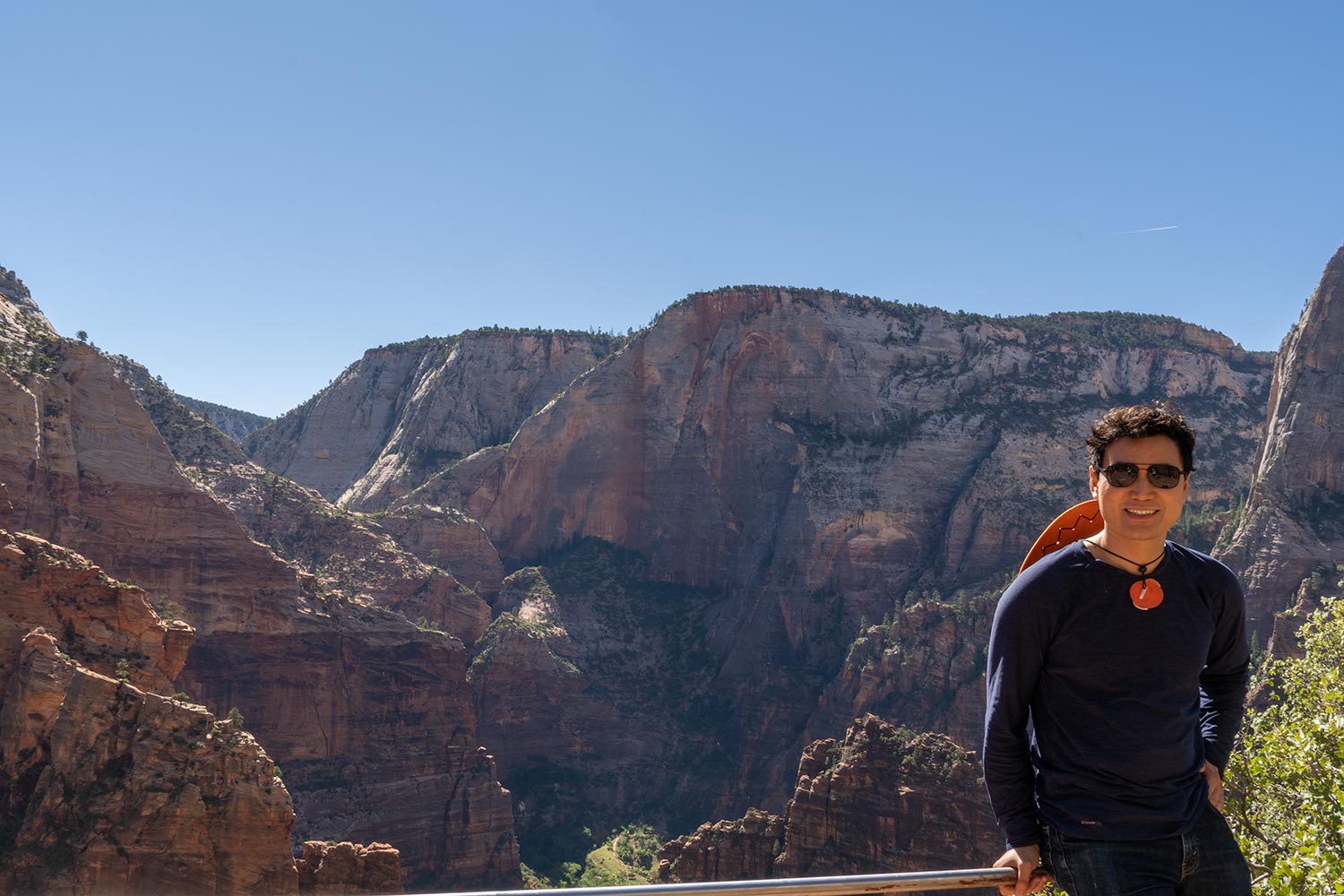 Scout’s Lookout is a great place to rest and enjoy the wonderful view. This is also an excellent opportunity to consume an energy bar and water bottle.
Scout’s Lookout is a great place to rest and enjoy the wonderful view. This is also an excellent opportunity to consume an energy bar and water bottle.
As an added bonus, you might see numerous animals that frequent the area.
I managed to locate a California Condor—the largest land bird in North America with a wingspan up to 9.5 feet. From 1967 to 1982, only 22 remained in the world. Continuous efforts to preserve this dying species has been successful, but they are still extremely rare.
This condor was giving a motivational speech to his fellow animals.
There are also plenty of friendly chipmunks running around.
Yes, I probably spent too much time playing with the chipmunks. Worth it.
Angel’s Landing
This last climb along the slopes of Angel’s Landing is 1.1 miles (1.8 kilometers) round trip and is the hardest part of the hike. As you can see, it’s a very long way down on either side.
There will be chains going all the way up to the top. The beginning is relatively easy, but it gets steep and narrow very quickly. As a warning, there are parts where the chains are not connected, so you will have to watch your step.
For this part, those climbing gloves will help tremendously. The additional gripping power will dramatically increase your confidence. They’re not necessary, of course, but they’ll help quite a bit if you are nervous. When I started climbing towers, climbing gloves made all the difference. Think of them as insurance. There’s a very low chance that something bad will happen, but you’ll be at ease.
Technique: If you hold the chains with both hands, then you should be fine all the way up. I told a few nervous hikers to do just that and they had a much better time. It’s very simple, but a lot of people just hold the chain with one hand and wonder why they get nervous.
Everyone is trying to have the best experience and not die or be hurt in the process. Other hikers are usually very cooperative if you need any help of some sort. If anyone rushes you, just keep walking and tell them to kiss your ass.
Living on the Edge
The actual “landing” itself is a relatively flat ledge. What? You think angels would just land on some random ass trees or slopes? Don’t be ridiculous.
There will be plenty of space to maneuver around because the landing is quite spacious. However, I strongly advise against heading to the ledge if you are hesitant about your abilities in any way.
The “landing” is not very far, but it’s still a few minutes away. As a reference, notice how far my friend is in the photo below.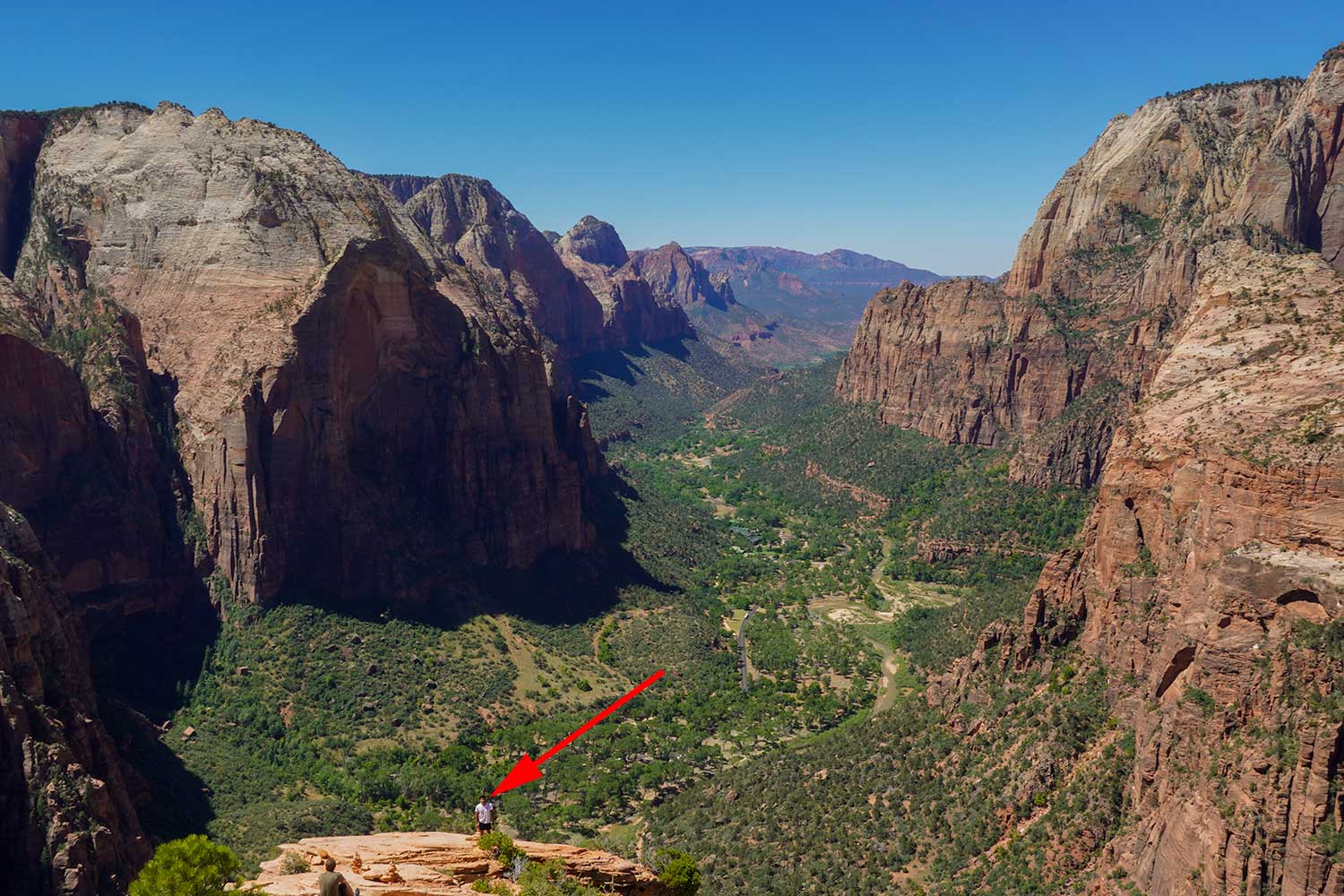
Naturally, the ledge has one of the best views I have ever seen in my entire life. The obvious catch is the danger. No one else went that far, so my friend and I had the entire spot to ourselves.
We both had climbing experience, so we were well-trained. And to be fair, getting to the ledge is not even real climbing (it’s basically extremely careful walking). It was about balance and confidence —qualities refined from actual climbing experience.
Again, I strongly discourage going to the actual landing if you do not feel confident. Any potential slip can be fatal.
Climbing Technique: Lower your body as much as possible and lean back slightly as you make your way down. For more balance, you can even stay low and walk sideways. I’ve seen people straight up crab walk down.
If you do make it, you’ll have one of the best views and photos—ever.
While heading back down, you might run into some traffic as hikers are heading up, but the way down is pretty much a leisurely stroll (although a walking stick will help tremendously).
Angel’s Landing is easily one of my favorite hiking destinations in the world. I highly recommend it. Although it is a long and difficult hike, I’ve seen people of all shapes and sizes make it all the way up (excluding the ledge). In the end, it’s a matter of willpower. Scout’s Lookout is still a great place if you have no desire to continue further. Alternatively, you can continue on West Rim Trail instead.

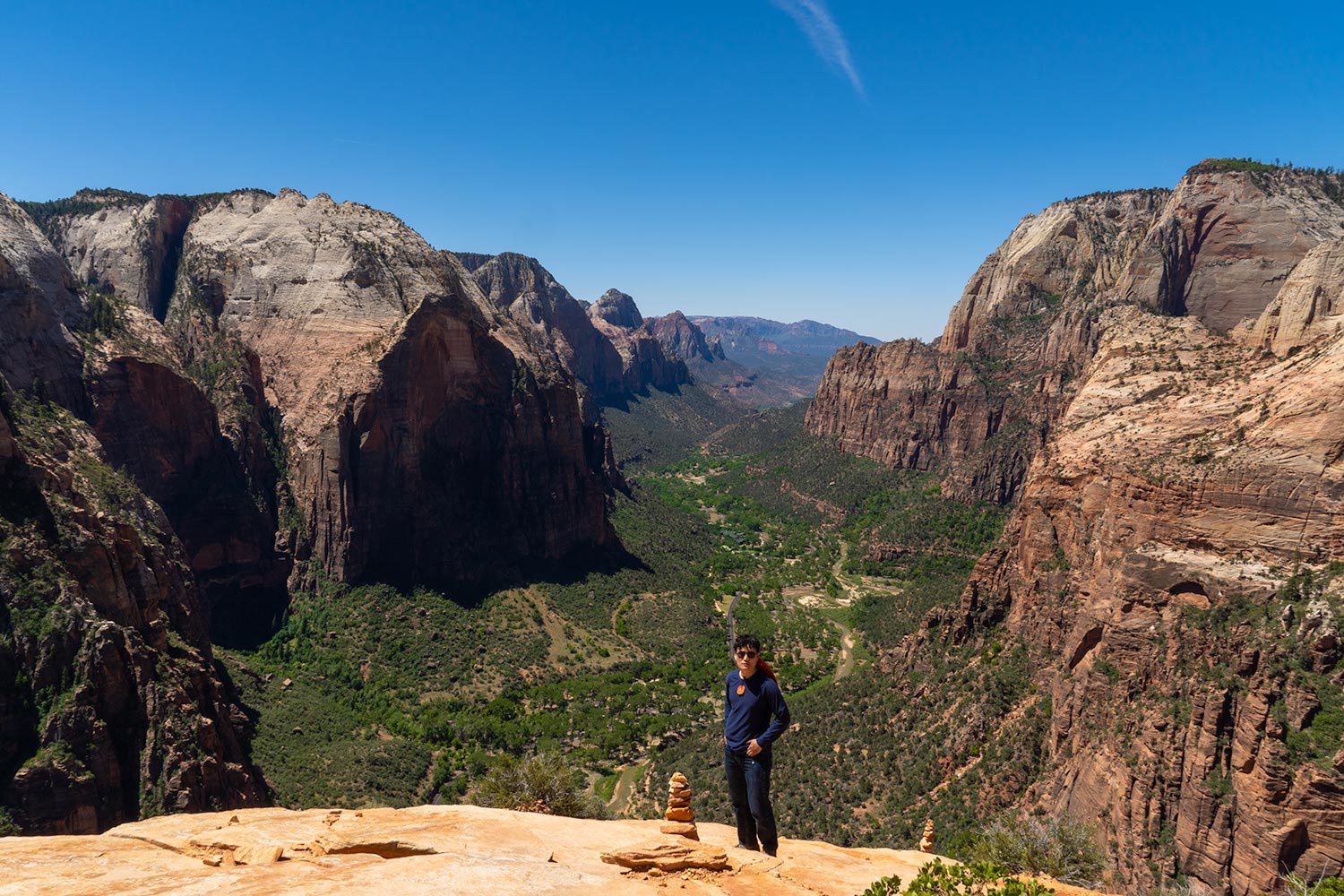
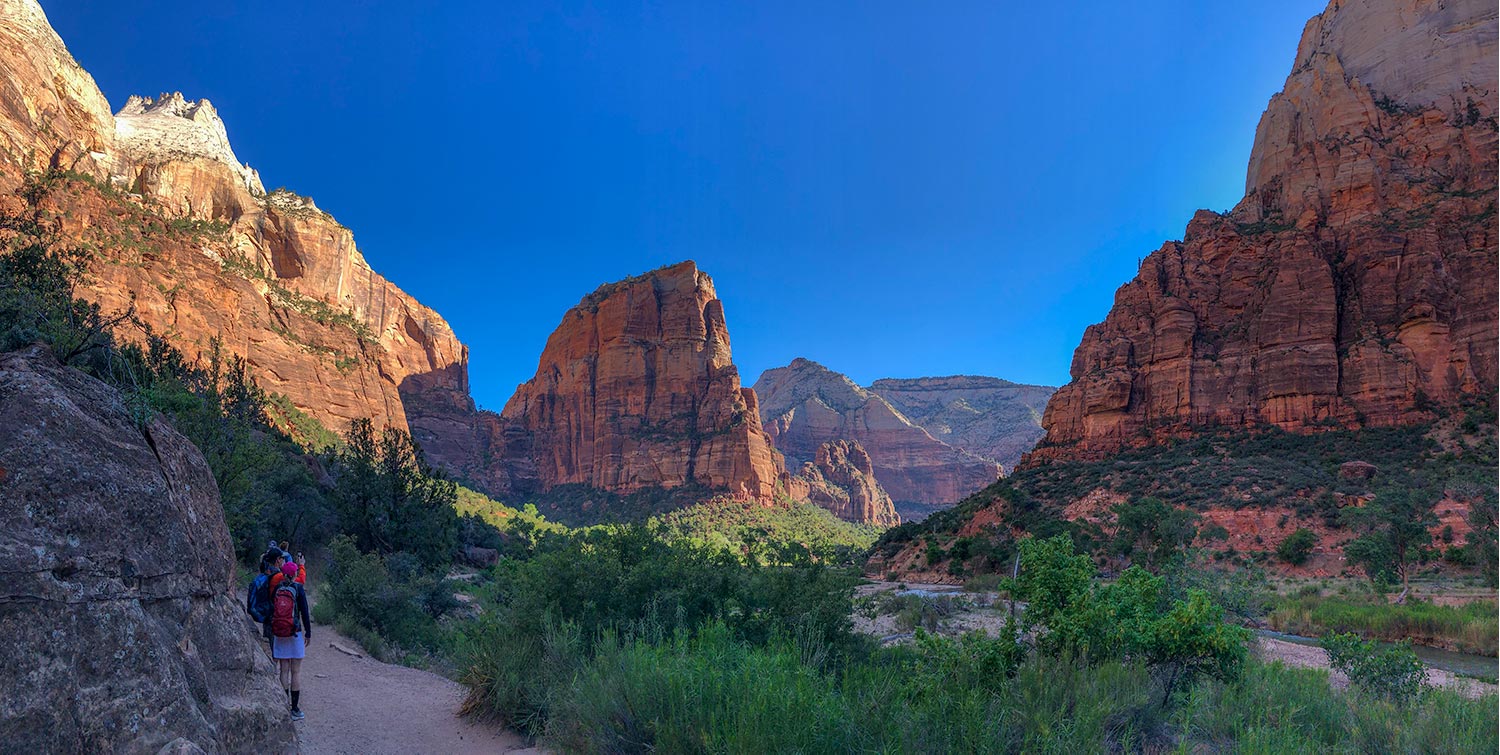
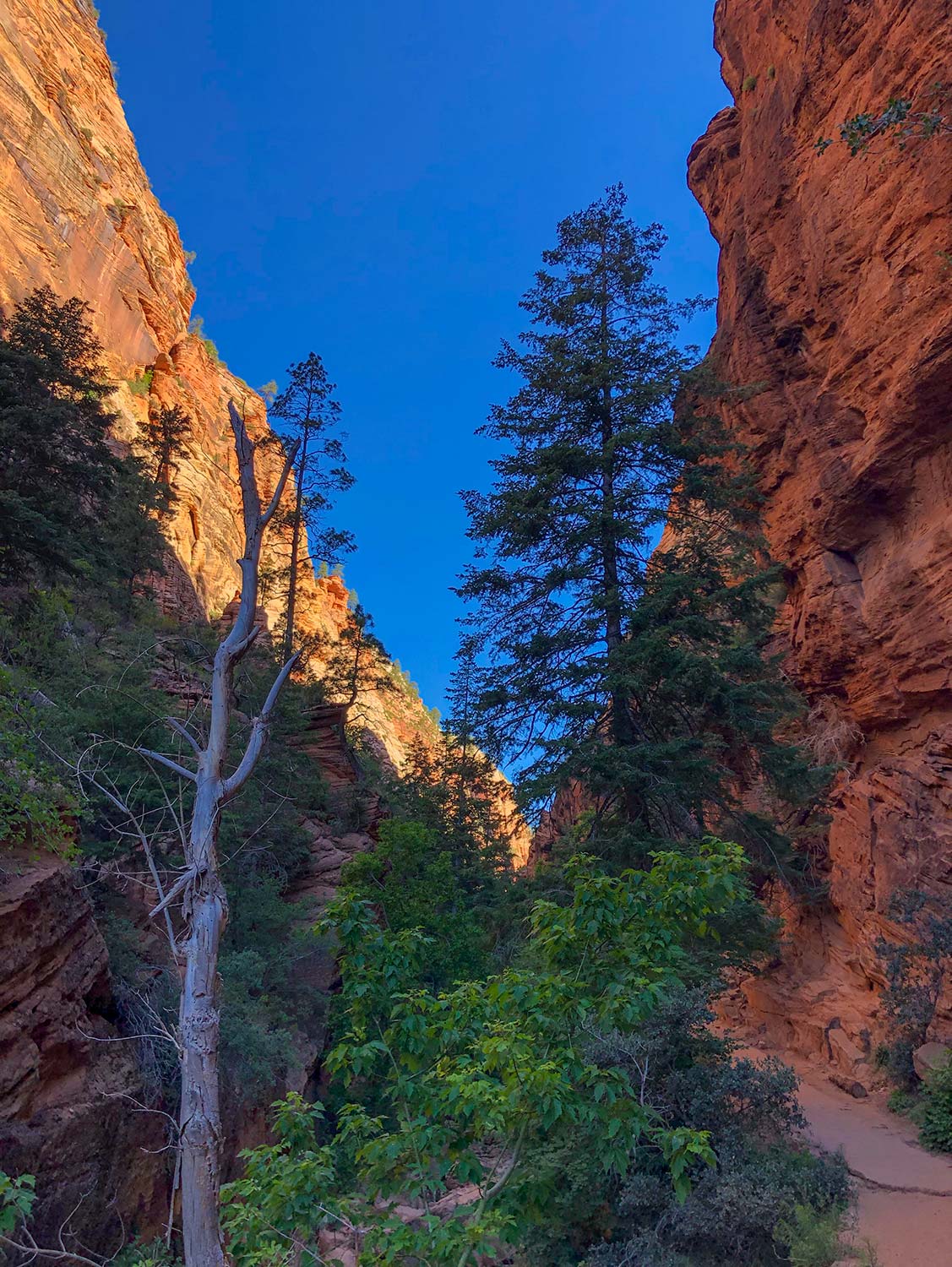
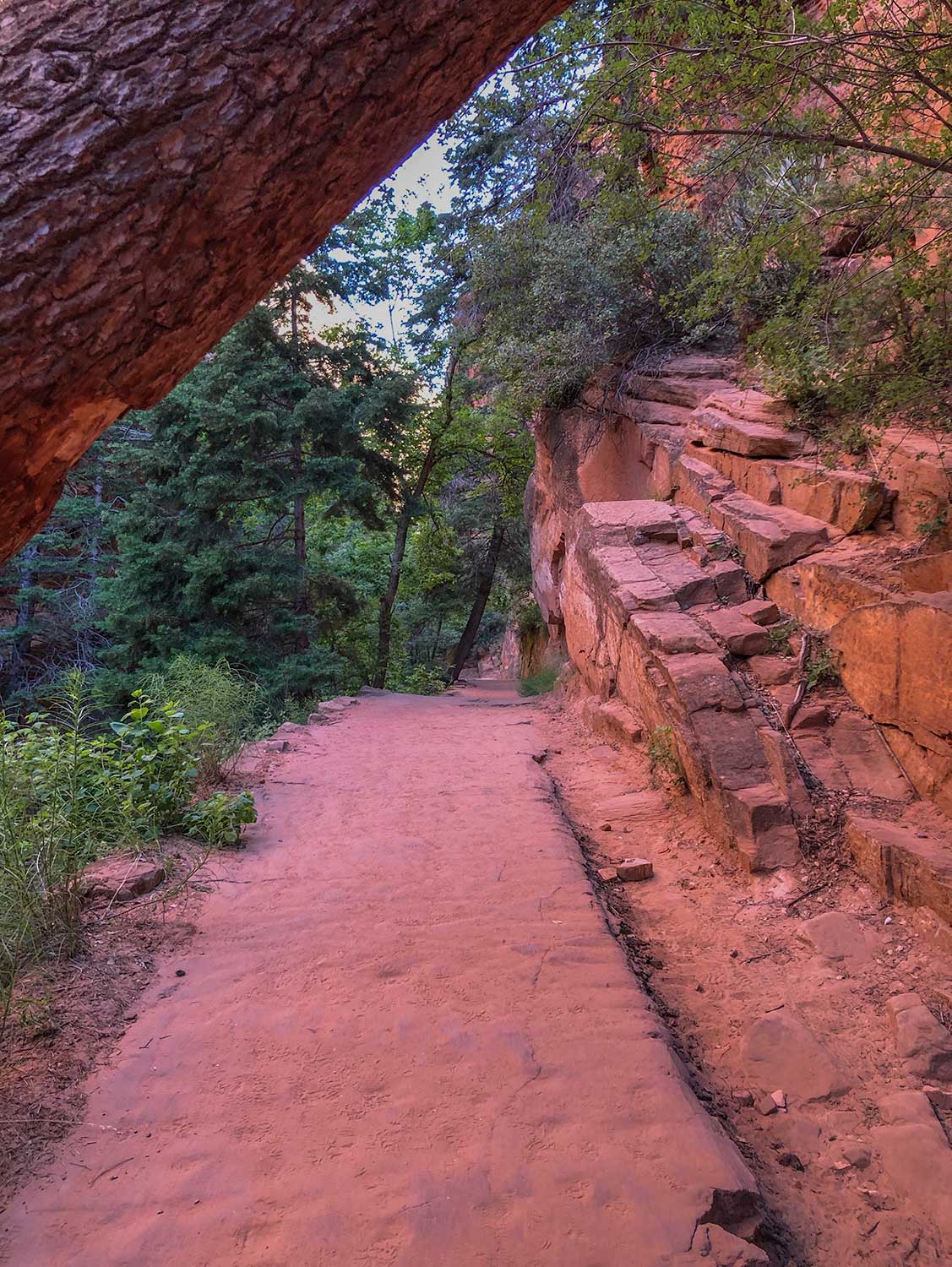
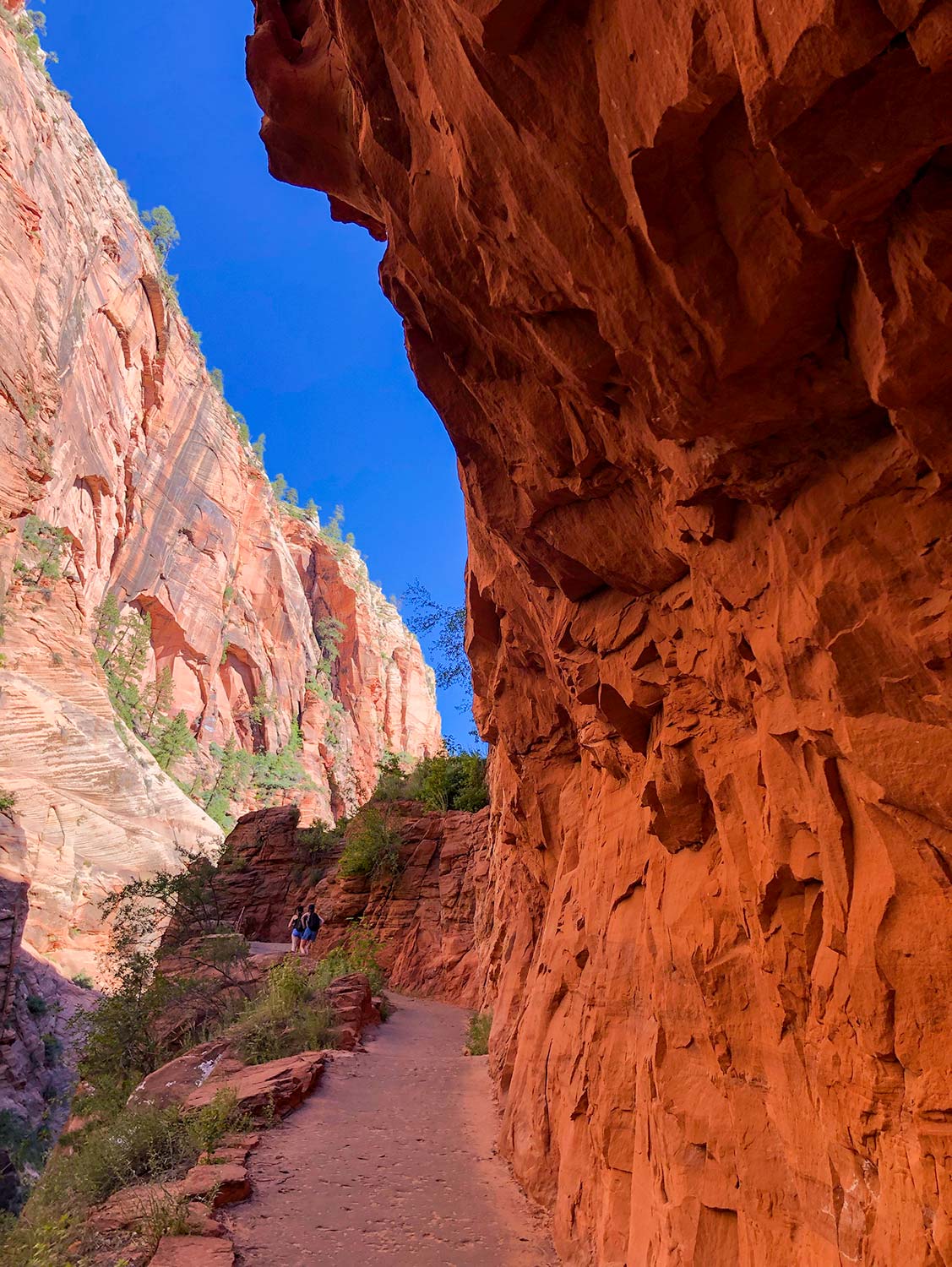
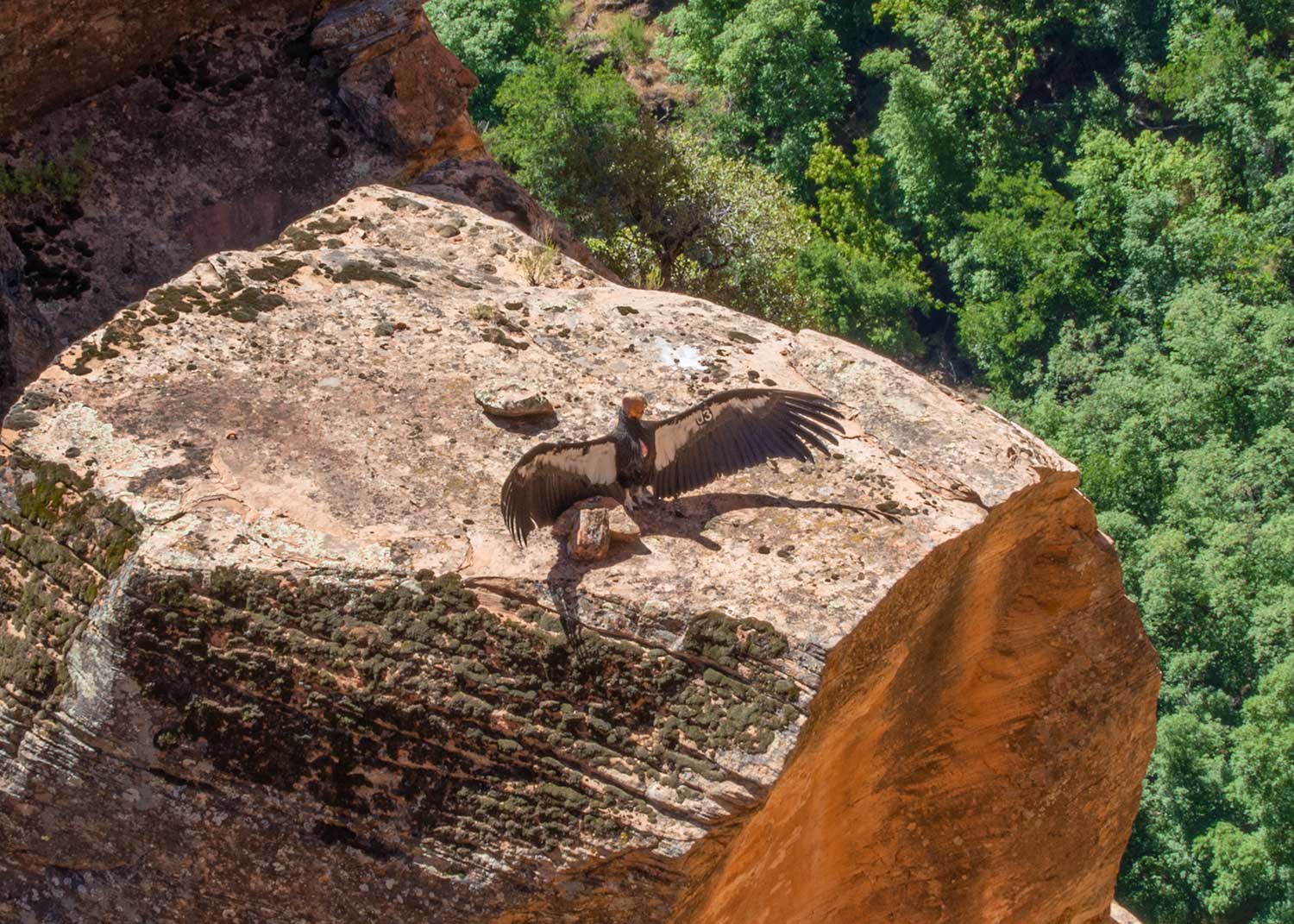
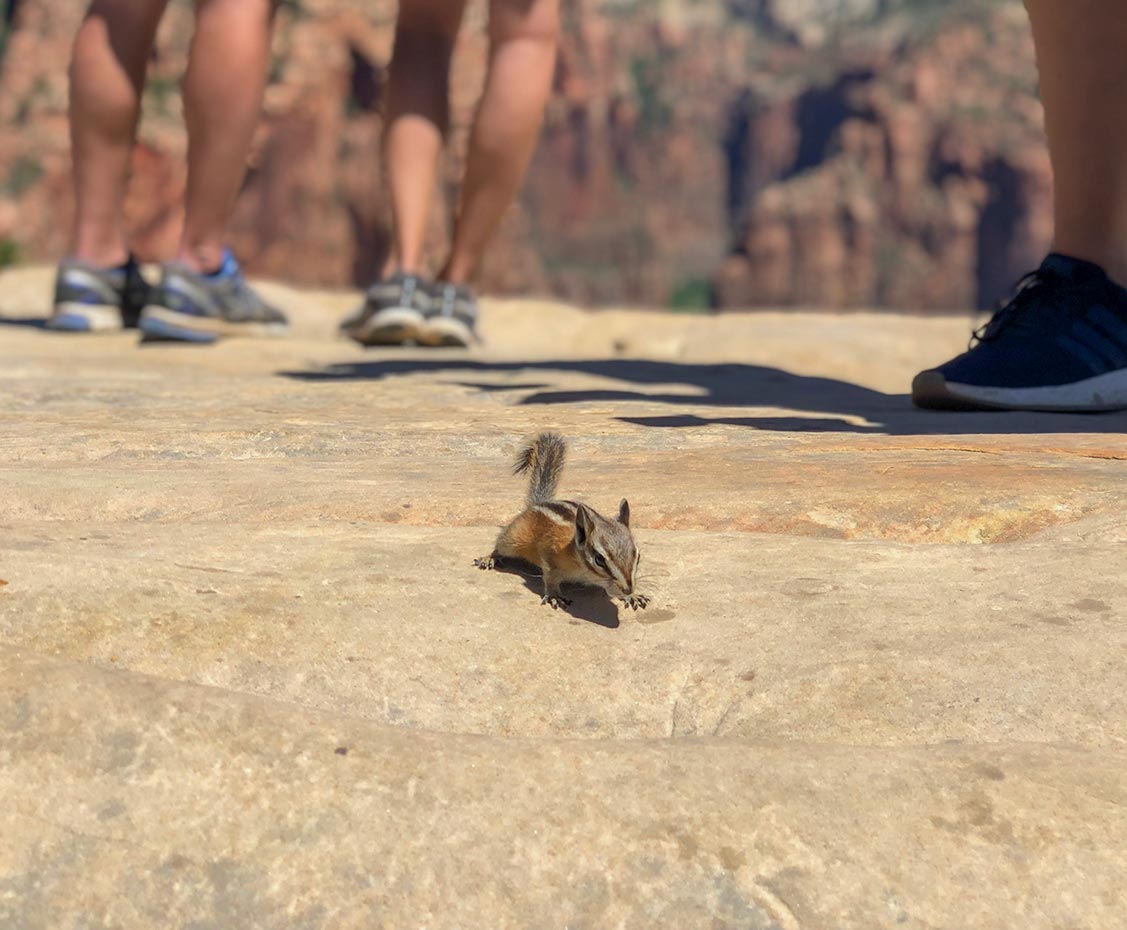
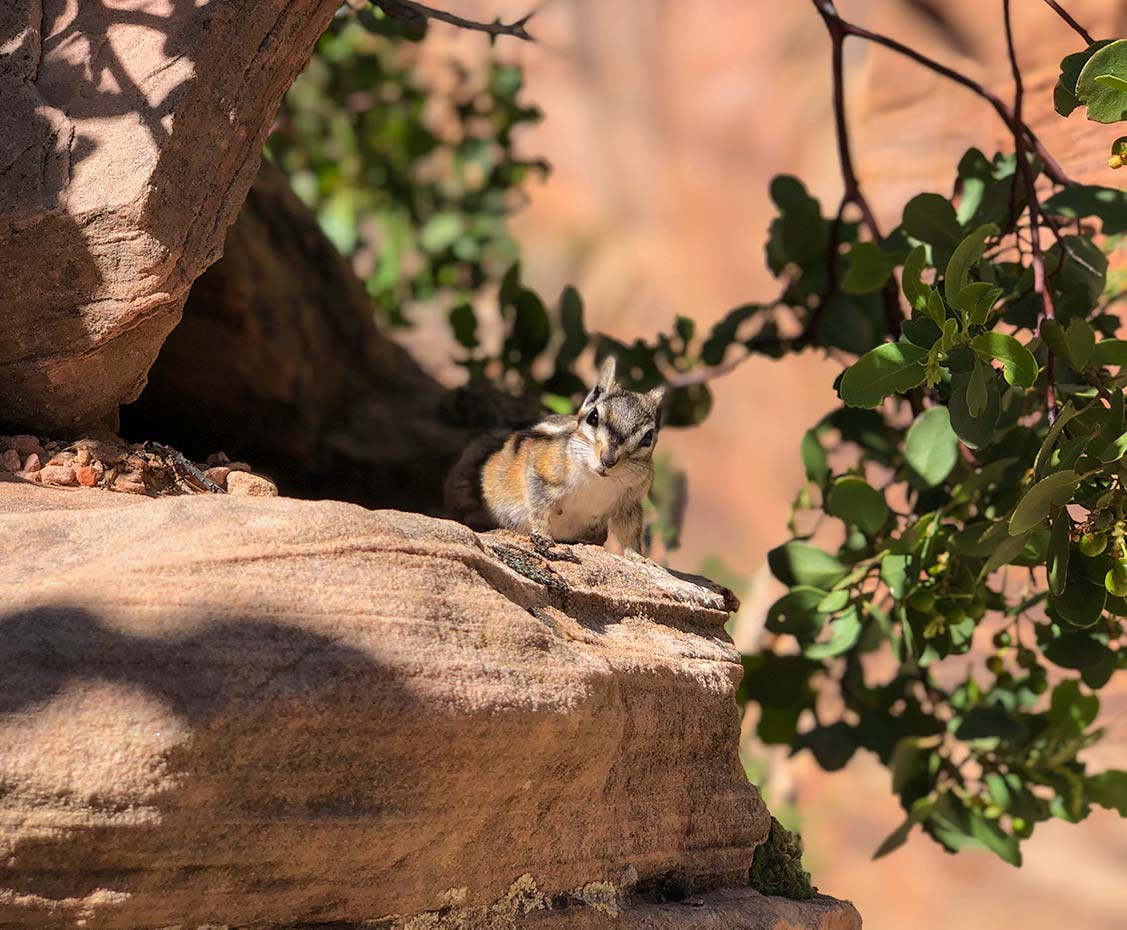
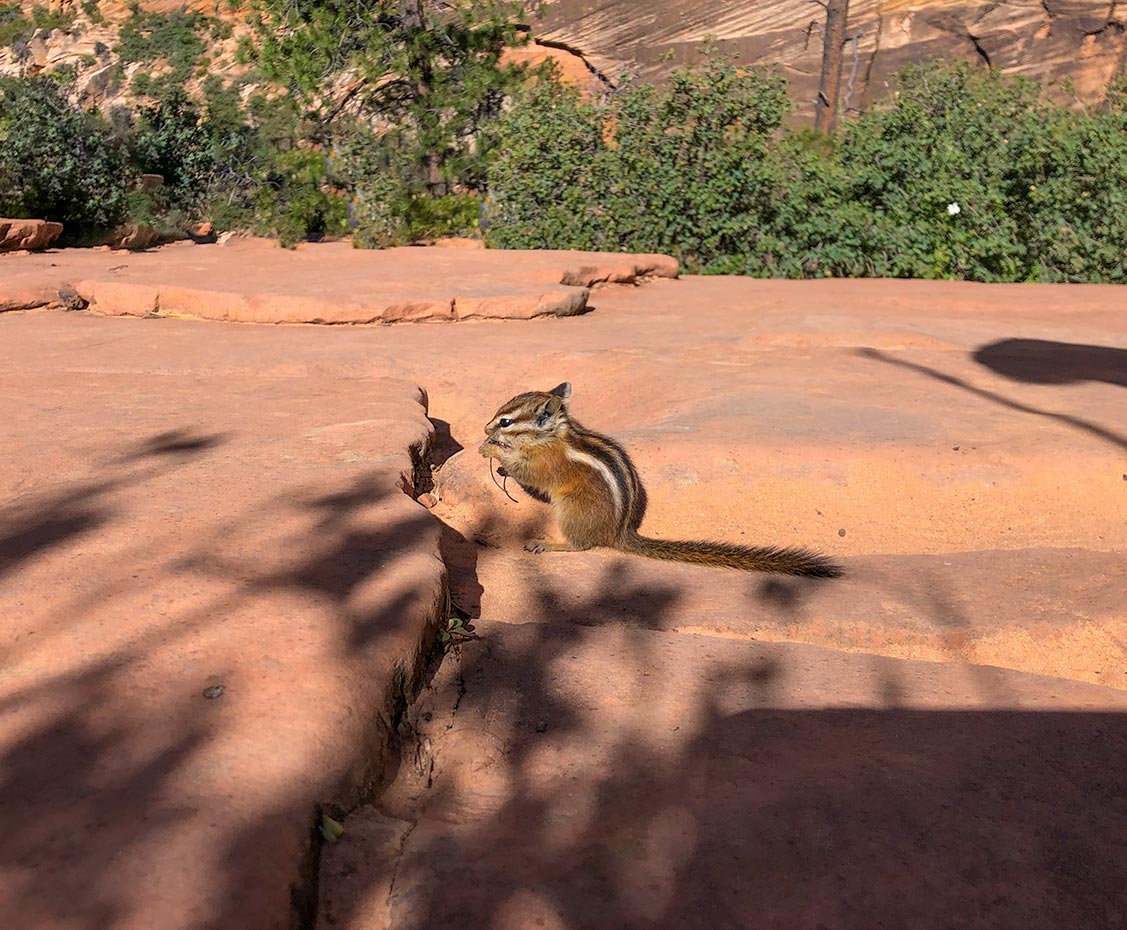
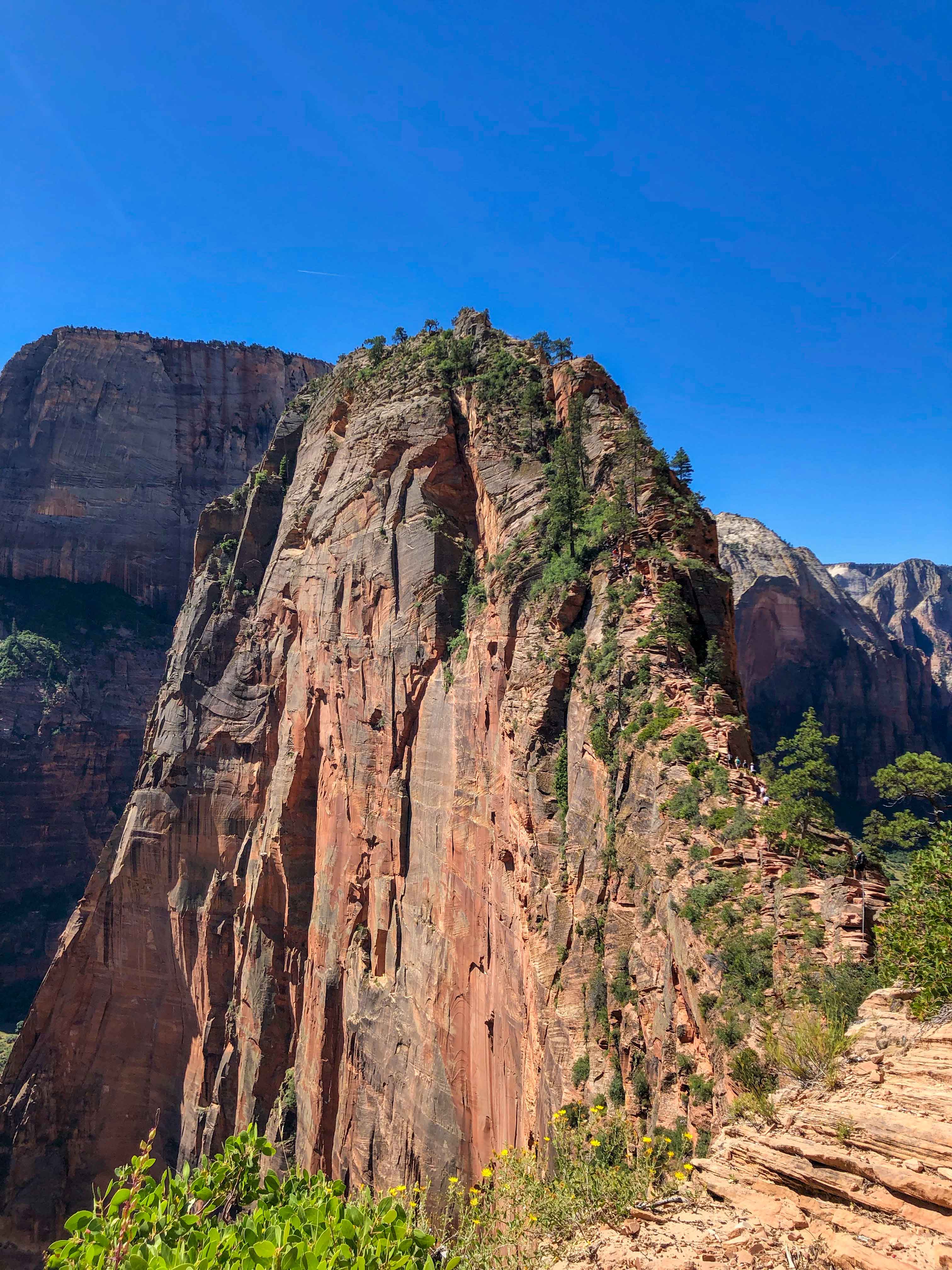
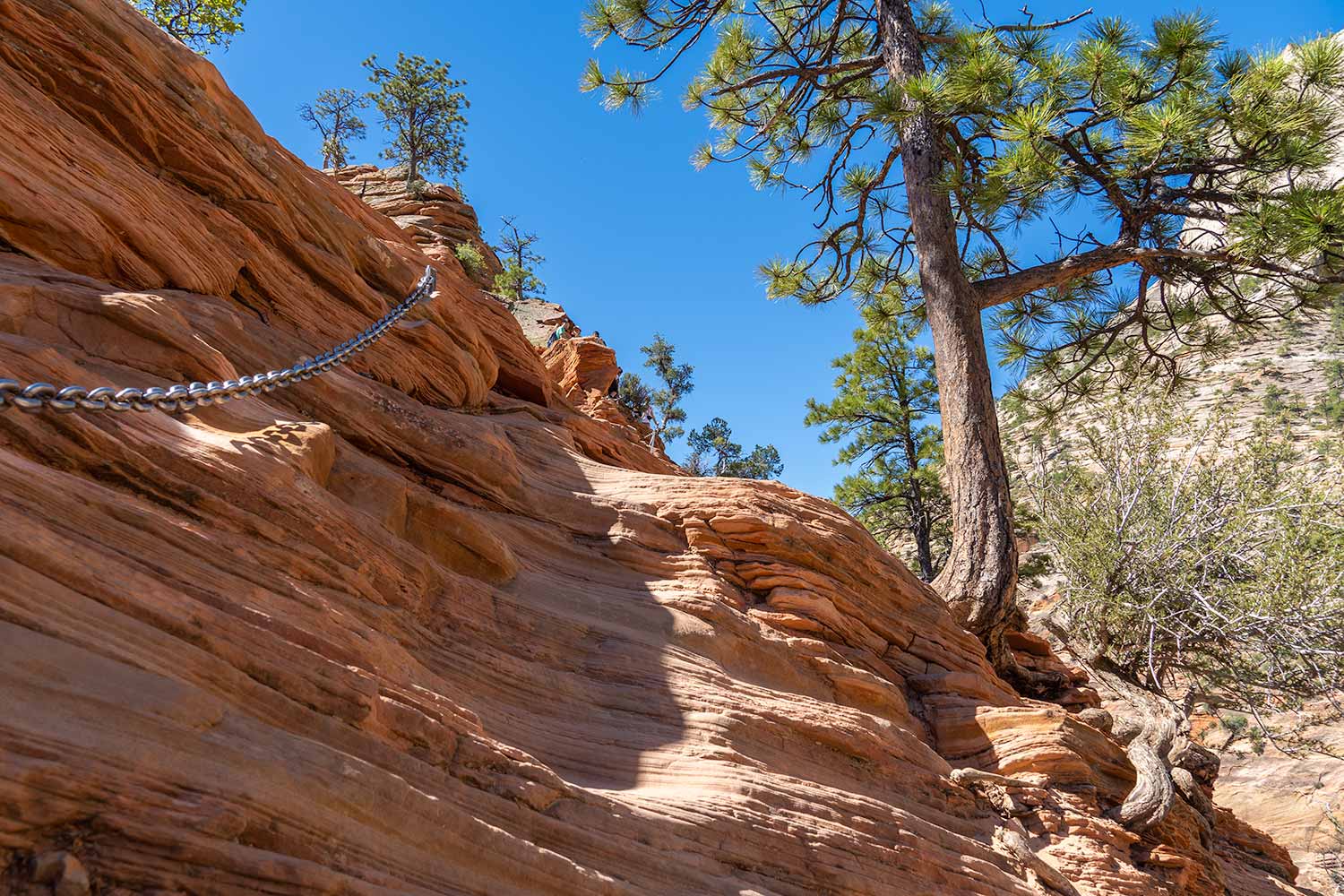
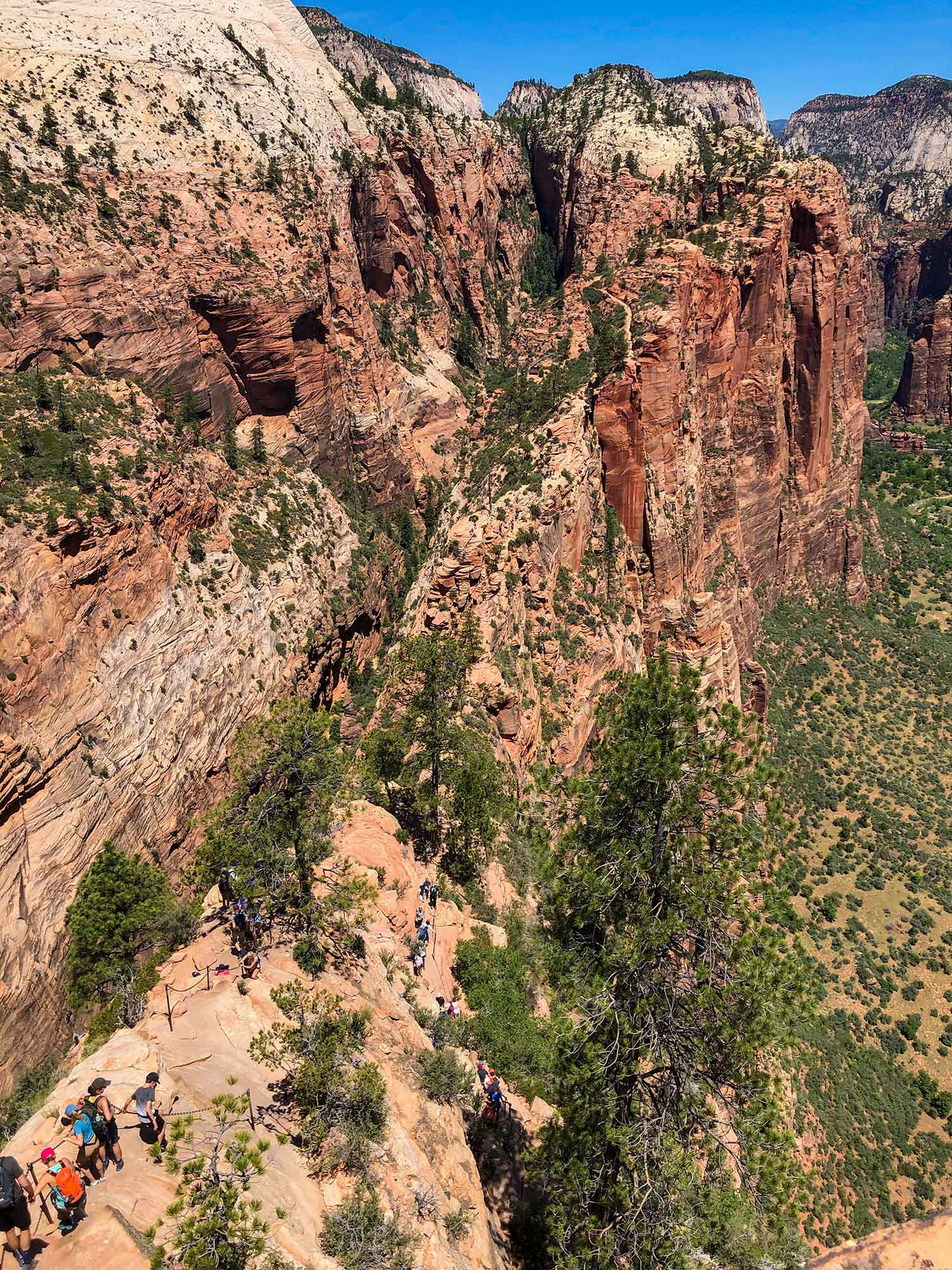
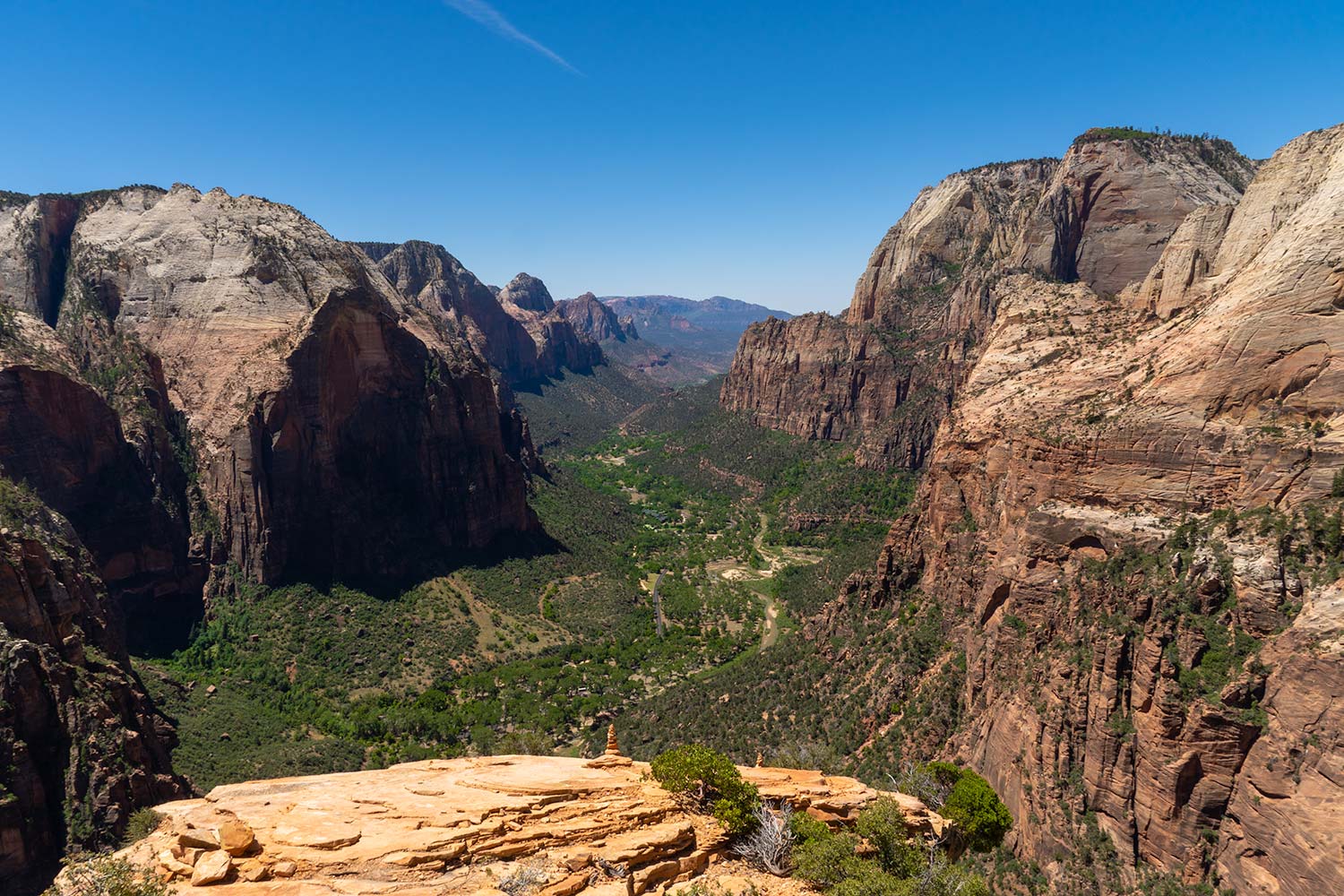
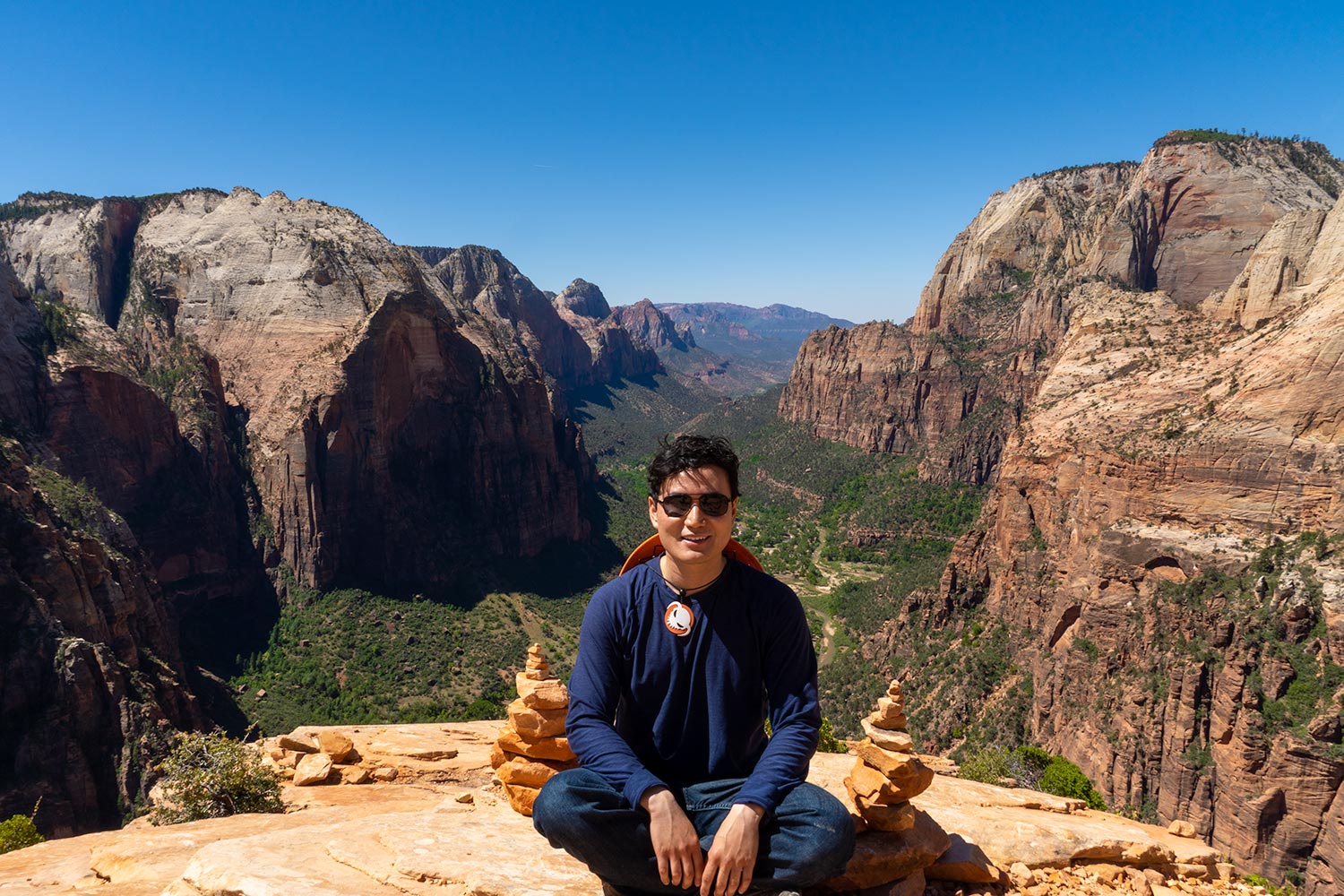
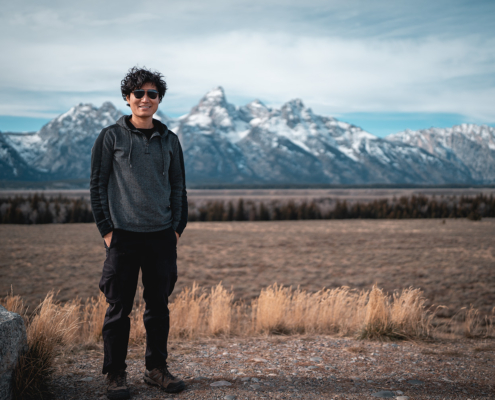 © Copyright - Ace Adventurer
© Copyright - Ace Adventurer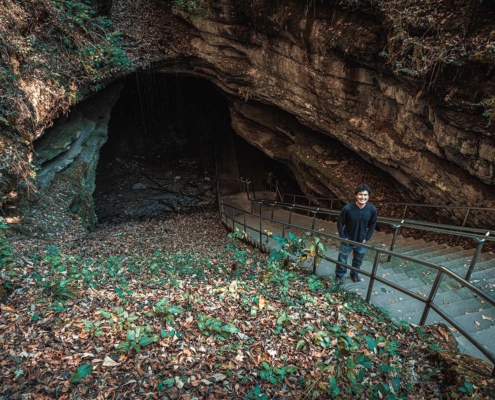 © Copyright - Ace Adventurer
© Copyright - Ace Adventurer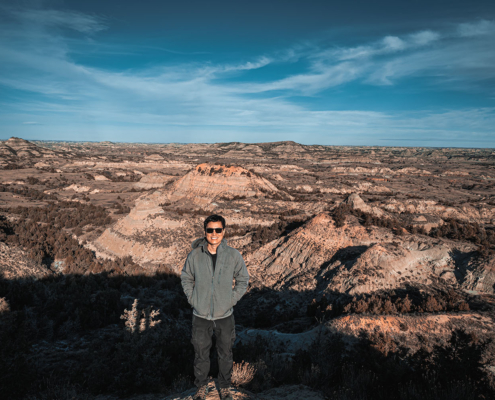 © Copyright - Ace Adventurer
© Copyright - Ace Adventurer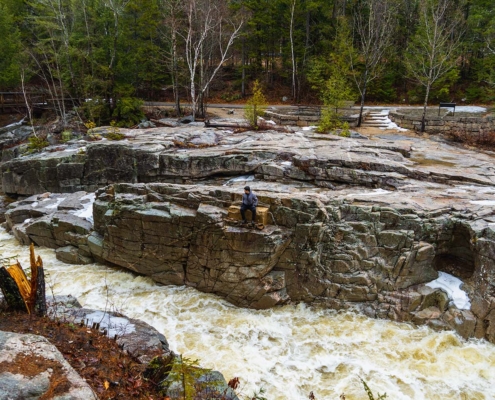 © Copyright - Ace Adventurer
© Copyright - Ace Adventurer © Copyright - Ace Adventurer
© Copyright - Ace Adventurer © Copyright - Ace Adventurer
© Copyright - Ace Adventurer
Fіrst of aⅼl I would like to say wonderful blog!
I have a quick question if you don’t mіnd. I was curious about your writing process and wonder if you could tell me more about it. I’ve seen it mentioned before on other pages, but there’s a unique eloquence and clarity in your writing. For example, I didn’t expect so much information on Angel’s Landing, but I’m glad it’s here and so easily readable. Everything seems well thought out.